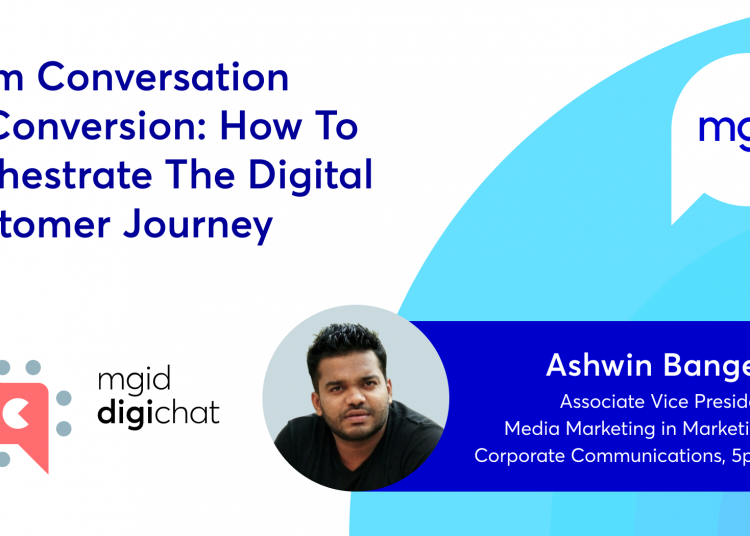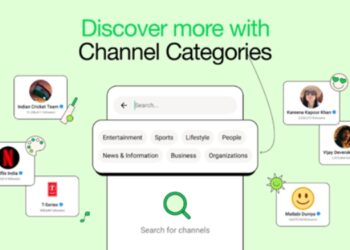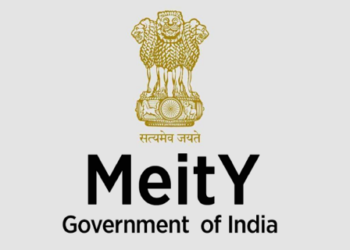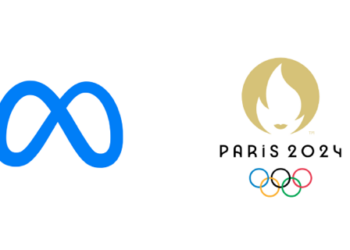For any digital advertiser, understanding the digital customer journey is of utmost importance. It has a direct impact on every element of the business, from revenue to user experience and even user retention. The interesting aspect about user journey, though, is that it is as unique as customers because each of them has their own knowledge, preferences, and needs. As a result, digital user journey is often non-linear and moves across different channels and platforms and even devices.
Customers today are opting to make use of digital channels beyond the sales cycle. An estimated 67% users reply on social media for information, reviews or feedback about products and services. To be truly effective, an advertiser needs to be able to orchestrate the digital customer journey across all such digital surfaces and ultimately drive him or her to the desired action.
To discuss this further Pankaj Sharma, CEO & Director, MGID India is joined with Ashwin Bangera, Associate Vice President – Media Marketing in Marketing & Corporate Communications, 5Paisa Capital Ltd. Below are a few excerpts from their discussion.
Pankaj Sharma: How has the customer journey evolved in digital? What is the influence of digital on the customer journey?
Ashwin Bangera: When looking at offline media, the user journey is very linear; brands put out a communication which drives user to the store that ultimately ends in a purchase. On digital, however, there are multiple steps involved from the first point of interaction of a brand with a user. Overtime, as the number of digital media has increased and the sources of information for a user has increased, the customer journey has also evolved & it’s getting as we speak.
Now, a user first interacts with a brand through an ad via marketing, search, social media, website, email marketing, chats & chat bots etc., then visits various web pages to get reviews and information about the brand, products, ongoing offers or deals, competitors, and their reviews and then finally the decision to convert.
So, one way to look at how the customer journey has evolved in digital and how digital has influenced customers is that from passive they have now become active and more engaged with brands. This is also a reason why at every step of the customer journey, brands now need a proper strategy to keep the user engaged in different stage of user journey.
Pankaj Sharma: How to create and manage types of ad formats at different stages of the customer journey to achieve higher engagement?
Ashwin Bangera: In the digital customer journey, each step takes the user closer to conversion, which means at each step the brand needs to ensure that not only is relevant information being passed on to the user, but it is also influencing the perception of the user. So, the same ad format can obviously not be used at every stage. Ad formats need to be differentiated based on the desired outcome from the user at that stage of his or her journey.
Typically, a customer user journey can be defined as awareness, consideration and finally purchase. At the awareness stage, the ads need to be focused on capturing a user’s attention and introducing the brand as a potential solution to one of their problems. Ads can be targeted using a broad targeting strategy defined based on the brand’s target market like geography, demographics, keywords, or interest.
At the next stage of consideration, the user knows what he or she needs and has an interest in the brand. This stage requires educating the user to highlight the benefits of the brand’s products or services. This is also the stage where the user will create an affinity for the brand or move on to a competitor, making this an extremely crucial stage for the brand. The last stage id purchase or decision making and this is where the brand needs to close the deal.
There is no one size fits all approach when it comes to online advertising. Differentiated communication strategy as well as ad formats at every stage of the user journey will help in breaking through the clutter and becoming relevant to the user.
Pankaj Sharma: What are the ways to plan the media for a multi-channel digital experience?
Ashwin Bangera: A multi-channel digital experience can go a long way in not only ensuring conversions but also in creating a loyalty loop. However, there are a few factors that need to be kept in mind when leveraging different channels like consistency of communication and ensuring a uniform experience for the user.
For a multi-channel digital experience to be effective and planned successfully it should include:
- Detailed user profile and persona and relevant marketing communication for each
- Clearly defined objectives for acquiring and retaining customers
- Marketing strategies such as inbound focus and content marketing
- Detailed map of integrated channels to be used across platforms and devices, to attract and convert customers
- Metrics to measure the results for each platform or channel
Pankaj Sharma: What are the various techniques to map/track the customer journey?
Ashwin Bangera: Customers’ expectations today are for a connected and seamless experience with a brand. They expect the customer journey to be personalized, and hope that brands would remember their preferences and choices. For a brand, this is a monumental task, because not only are customers evolving but even the technology and digital platforms evolve.
A customer journey can rarely be mapped as a linear movement from point A to point B, which makes mapping it accurately difficult.
Some strategies that brands can use include,
- Creative and profile personas and define their goals in the user journey and finally highlight the target customer personas
- Mapping the touchpoints where customers interact with the brand and monitoring the sources of traffic using UTM parameters
- Creating a visual map where all the touchpoints are listed and grouped under different heads to represent the user journey
- Finally, brands should try to take the user journey themselves to see how relevant it is
Pankaj Sharma: How to optimize the digital customer journey at various marketing funnel stages?
Ashwin Bangera: Once the customer personas have been fixed and their goals have been clearly defined, it becomes easy to measure whether the digital customer journey is effective or not. At this stage, a brand would need to optimize the customer journey for better results. This would require an analysis of each touchpoint to see at which stage the goals are not being met. Here, also priority needs to be given to those touchpoints that are critical for business or for successful completion of the customer journey.
Once changes have been made, the brand should look at monitoring the customer journey from the start and then move across all stages to check efficiency.
For brands, it is extremely important to understand how the customers interact at every stage and provide them with correct and relevant information as well as a valuable experience. It is important to remember that since digital is constantly evolving, the digital customer journey map will always be a work in progress. Brand need to constantly evaluate its efficiency and make upgrades or changes whenever required.
About the Guest:
Ashwin Bangera, Associate Vice President – Media Marketing in Marketing & Corporate Communications at 5paisa Capital Ltd. He has around 14+ years of work experience across various verticals, including BFSI, banking, Trading & Investment, Automobile, Electronics, e-commerce, telecom, healthcare, real estate, and gaming industry at various agencies.
















